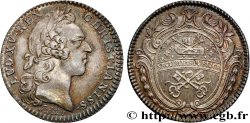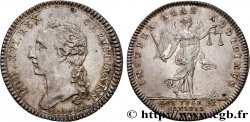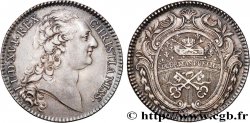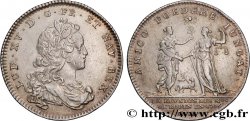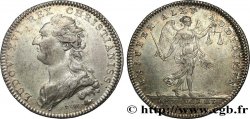fjt_08031 - CORPORATIONS Communauté des Traiteurs, émission de 1724 1719
240.00 €(Approx. 256.80$ | 206.40£)
Quantity
Add to your cart

Type : Communauté des Traiteurs, émission de 1724
Date: 1719
Metal : silver
Diameter : 28 mm
Orientation dies : 6 h.
Edge : cannelée
Rarity : R2
Catalogue references :
Obverse
Obverse legend : LUD. XV. REX. CHRISTIANISS.
Obverse description : Buste de Louis XV [n°276a], type Guéant-Prieur 532A.
Obverse translation : Louis XV, roi très chrétien.
Reverse
Reverse legend : MATER. CHRISTI ; À L'EXERGUE : COMMUNAUTE. DES. ME. TRAITEURS. 1719 (9 À L'ENVERS).
Reverse description : La Vierge portant dans ses bras l'enfant Jésus.
Reverse translation : La mère du Christ.
Commentary
Sous l'Ancien régime, le traiteur exerce une profession plus respectable que celle de tavernier, qui ne vendait que du vin, de celle du rôtisseur ou celle de cabaretier qui servait vin et repas complets, ce dernier parvenant toutefois à attirer toutes les couches de société. Les marchands de vin traiteurs, spécialisés à l'origine dans les noces et les banquets, supplantent au XVIIIe siècle tavernier, rôtisseur et cabaretier lorsqu'ils se mettent aussi à préparer les repas pour des clients fidèles ou de passage, avant d'être à leur tour supplantés par les restaurateurs à la fin du XVIIIe. Voir la fiche http://fr.wikipedia.org/wiki/Traiteur.







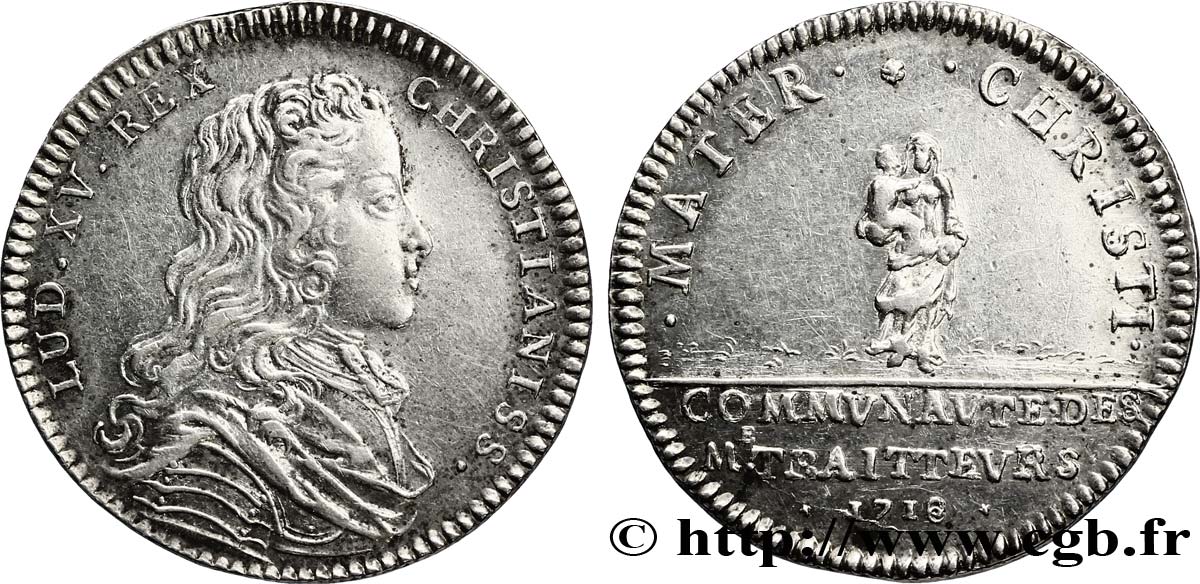
 Report a mistake
Report a mistake Print the page
Print the page Share my selection
Share my selection Ask a question
Ask a question Consign / sell
Consign / sell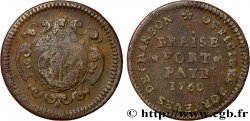
 Full data
Full data